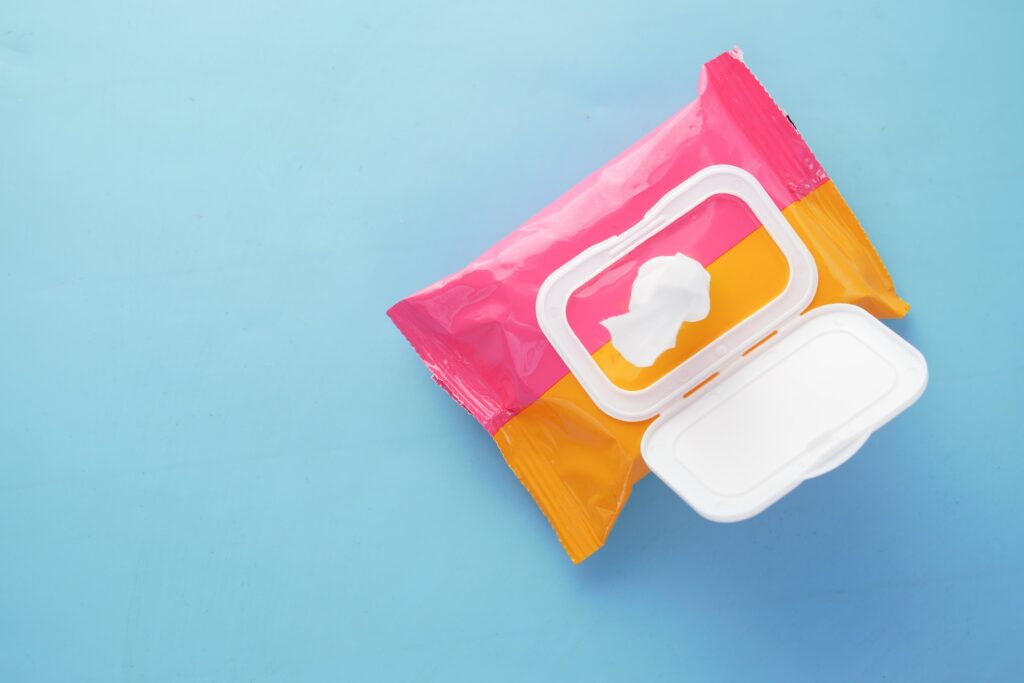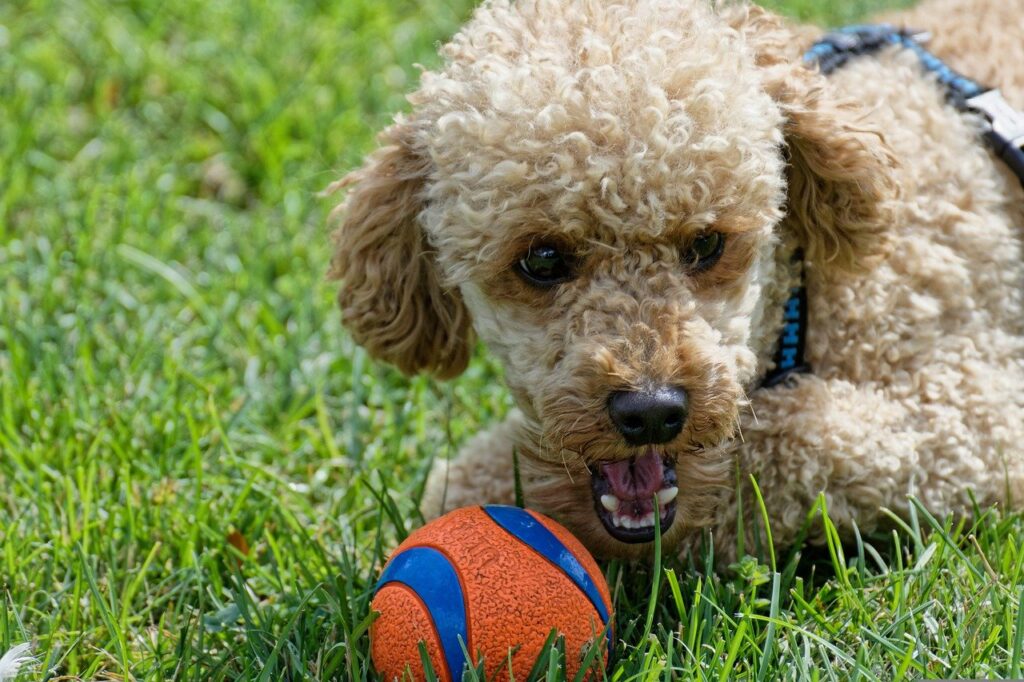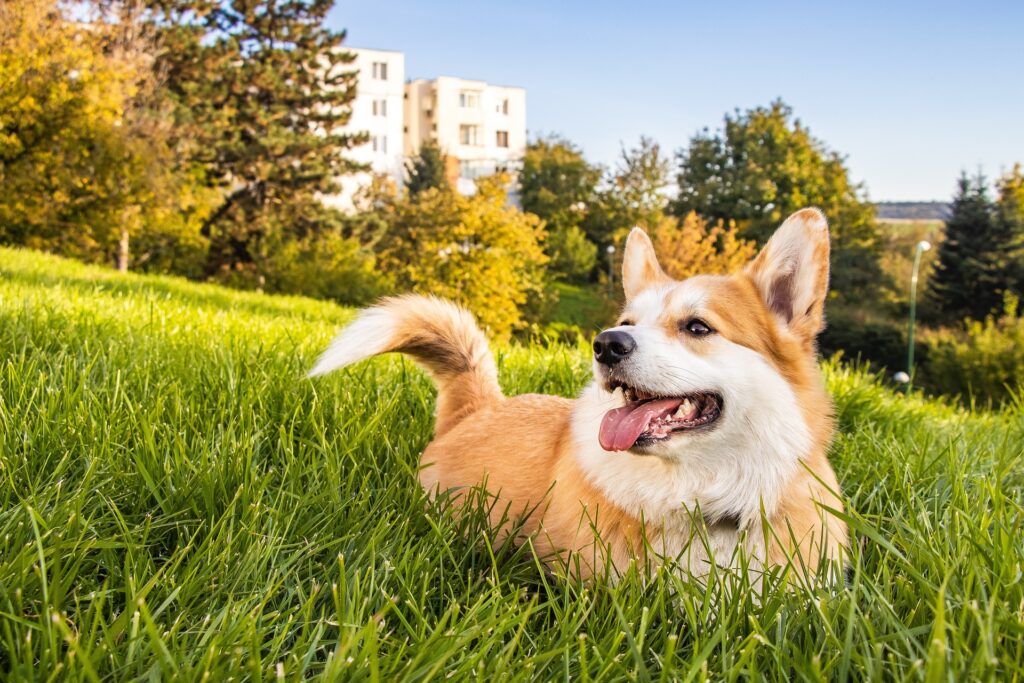Caring for our furry friends is not a simple thing. Especially when they are young puppies or senior dogs. In some cases, you may notice your dog’s paws are peeling. But what is the reason for that?
Dog paw pad peeling, known as hyperkeratosis, is a condition where the paw pads become thickened and layers peel off. This can be due to genetics, weather, or health issues. Providing proper paw care and consulting a vet can alleviate discomfort. There are a few things you can do to help.
- What causes dog paw pad peeling?
- What strategies can prevent paw pad peeling?
- What’s the healing process for dog paw pads?
- When should you seek veterinary assistance?
What causes dog paw pad peeling?
There are a few reasons why your dog’s paws may start peeling. Some are less serious than others, but all require some attention from the owners.
How do environmental factors contribute to paw pad issues?
The hot summer weather can affect some dogs. For example, Huskies can live in hot weather but will experience many problems. During summer, the sun may also burn the dog’s paws and cause them to peel. Walking on hot asphalt will have the same effects as direct exposure to the sun. Hot weather also causes sweating and dehydration which makes the skin drier.
During winter, the skin also gets drier and can crack and peel. When it snows, rock salt and other chemicals are thrown on the streets to melt the snow. But when the dog walks over these chemicals, it can get their paws irritated and inflamed. This causes them to peel over time.
What role do lick granulomas play in paw pad problems?
Another reason for peeling paw pads in dogs is obsessive licking. Your dog may lick your legs a lot, but it might also do that to itself. This licking behavior happens due to boredom or anxiety. Dogs that stay alone for too long can get separation anxiety and deal with the stress by licking their paws. The problem is that this licking causes the skin to dry, inflamed, and start peeling. This is also referred to as lick granulomas.
If your dog licks its paws after walking on rock salts, it exposes itself to intoxication. “Ingestion can result in a high blood sodium concentration which can cause thirst, vomiting and lethargy, and in severe cases there is a risk of convulsions and kidney damage.” says the Royal Society for the Prevention of Cruelty to Animals.
How does daily wear and tear affect paw pad health?
Even if the weather is perfect for your dog to go out and have a walk, it may still damage its paw pads. Just like our shoes wear out, constant walking and running can cause the outer layer of the paw pads to peel. Regular activity can lead to calluses, but excessive wear can result in peeling.
Encountering sharp objects on the ground can also be the reason for the peeling of dog paw pads. Sometimes plants like the foxtail may lodge themselves in the dog’s paw and cause pain and itching, eventually leading to cracking and peeling. Improper nail hygiene can also cause damage to the dog’s paws.
What allergens lead to peeling and how can they be prevented?
Allergens from grass, pollen, or certain cleaning products can cause paw pad irritation and peeling. This is only true for dogs that are prone to allergies. The peeling happens once the sensitized dog comes in contact with the specific allergen. This usually happens from spring to fall, as most allergens are released then.
The allergic reaction itself won’t cause the dog’s skin to peel. However, it will cause severe itching and rashes. The dog’s reaction would be to scratch, lick, and chew on the affected area causing it to dry and peel. Getting stung by a bee, wasp, or other bug can cause a similar reaction.
Which diseases and infections can result in paw pad peeling?
There are a few health reasons for dog paw pad peeling. Autoimmune diseases like pemphigus can also cause peeling. Dr. Chanran Ganta for the Kansas State Veterinary Diagnostic Laboratory says that:
| Clinical lesions include pustules, crusts, erosions, ulcers and alopecia. The most common areas involved are dorsal muzzle, nasal planum, pinnae, periorbital skin and paw pads. A striking bilaterally symmetric distribution of clinical lesions is a key feature of this condition. |
Systematic conditions like liver disease can affect cell regeneration, preventing the paw pads from creating new cells as they start peeling.
If there is not enough zinc in your dog’s diet, it may develop zinc-responsive dermatosis. This also happens if the dog is not able to absorb zinc, as its skin becomes scaly and crusty. Skin infections caused by bacteria and fungi are also common reasons. Demodicosis is caused by a mite that causes inflammation and scaling of the skin, while also damaging the fur.
What strategies can prevent paw pad peeling?
There are a few ways of how to deal with peeling dog paw pads. Caring for your dog is essential in this situation.
How does regular inspection help in maintaining paw pad health?
Make sure to regularly check your dog’s paw pads for any changes, cuts, or irritations. Do this, especially during summer and winter after the walks. This allows you to catch problems early and take preventive measures.
Some people choose to ignore their dog’s paw health and think that some problems can be fixed easily at home. But sometimes the dog might need help from a veterinary dermatologist.
Also, remember to never peel the skin from your dog’s paw pads. That can be a painful experience for your dogs and may even cause bleeding and infections.
Why is paw pad moisturization with dog-friendly moisturizers important?
One important thing when preventing paw pad peeling in dogs is to keep the paws hydrated and moisturized. You can do this by applying a paw-protecting balm on the pads before the walk. There are a few of these balms specially made for dogs. You can also try applying petroleum jelly or some other safe creams that will prevent the paw from drying out.
After finishing your walk, you can check the paws for any damage and wipe them with a dog-safe wet wipe. This is also a good way to ensure that your home will stay clean from paw imprints.
What’s the significance of choosing suitable surfaces?
Whenever going on a walk, keep an eye on the trail you choose. City streets can have gravel and pieces of glass that will damage the dog’s paws. If it’s summer, choose the road that is not as affected by the heat. Change up the schedule so that you don’t walk during the warmest hours of the day. During winter, avoid the streets covered in rock salts.
To avoid cracked dog paw pads, buy some dog boots and make your dog wear them. Not all dogs will accept wearing boots, but those that can will have additional protection for their paws. Choosing dog shoes might require advice from a vet.
How do hydration and nutrition impact paw pad well-being?
Keeping your dog hydrated is essential in preventing dry skin and peeling. This is especially important during the hot summer days when the dog might sweat more than usual. It is also a key thing when you have a dog suffering from vomiting and diarrhea. Make sure you always have some fresh water on hand when walking around or playing with your pup. When home, keep a bowl of water available for your dog at any time.
Proper nutrition means including things like omega fatty acids and minerals like zinc in your dog’s diet. These keep the skin healthy and help it regenerate. Also make sure to trim your dog’s fur around the paws, as it can also be beneficial.
What’s the healing process for dog paw pads?
The healing process of this issue depends on its severity. Mild cases might heal within a week, while more severe cases can take a few weeks. Factors like your dog’s age, overall health, and how well they tolerate treatments can impact the healing timeline. This is why you have to be patient and diligent in your care routine.
Clean the would well
The treatment for peeling dog paw pads begins with a thorough cleaning and inspection of the affected area. Take a note if any foreign objects are present and make sure to remove them from the wound.
You can clean the area with clean water and antibacterial soap. There are special soaps made for dogs that won’t cause any additional problems. Instead of water, you can also use a saline solution.
Apply a topical treatment
After a thorough cleaning, you can apply some kind of antibiotic ointment on the wound. Neosporin is a good choice for this ordeal. That said, you can also consult with your vet about what kind of treatment is safe for dogs.
Then, you can apply paw bandages over the wound to prevent it from getting infected. If it is small, a simple band-aid may also work. You can put a sock over it to prevent it from biting as that can cause problems. For example, dogs that eat strings from rope toys experience digestive issues.
When should you seek veterinary assistance?
If your dog paw pad peeling remedy doesn’t work, you should ask for veterinary advice for dog paws. Once the wound becomes infected, or the injury looks worse, it is best to avoid treating it by yourself. If the whole paw pad is coming off, you can’t do anything to help the dog.
Your vet will want to know what happened before you took the dog to their office. Then, they will do a thorough examination to find the reason for the peeling. Once decided, they will prescribe therapy and guide you on how you can help your dog.

So what can you do about dog paw pad peeling?
If your dog is having problems with its paws, there can be a few reasons for that. High or low temperatures and daily wear and tear are common causes of peeling. Some diseases and dog paw allergies can also be a serious cause that requires attention.
Your job as the dog owner, is to notice the paw pad changes on time and react accordingly. Preventing the changes from ever happening is important. If a wound does form, you will need to know how to clean and treat it on time to prevent further complications. If you can not do this yourself, the best option would be to ask a vet for help.
FAQ
What happens when a dog’s paw pad comes off?
If such a thing happens, a few months will be needed for the dog to grow another paw pad. During this time, its feet will be vulnerable and sensitive, which requires proper dog paw care from the owner.
Will a dog’s paw pad heal on its own?
Dog paw pad peeling can heal on its own if the wound is clean and small. If the wood is large and bleeding, you will need to treat it. The same goes for wounds that are contaminated or infected.
What is the extra pad on a dog paw?
This extra pad is referred to as the carpal pad. Its main function is to serve as a break whenever the dog wants to stop while moving. It can also be used as a shock absorbent or to provide traction while turning.
More dog health resources
Here are a few other resources talking about dog health.
- Why are my dogs balls black
- Pink spot on dogs lip
- Valerian root dosage for dogs
- Why do dog leave odorless wet spots
- How fast does pumpkin work for dog diarrhea
You can find a lot more information on how to keep your dog healthy on our site Dogisa!
What To Do If Your Dog Ate A Baby Wipe: Advice And Solutions
Dogs like to chew on things and sometimes they will get their chompers on something…
Do Poodles Pick A Favorite Person? – How To Be The Favorite
Poodles are loving and intelligent dogs that will fit in perfectly with your family. And…
Do Poodles Bite? – Reasons For Biting And How To Control It
Poodles are a cute dog breed that is very popular among dog owners. People usually…
Why do Dog Leave Odorless Wet Spots? And how to treat them
It is not uncommon for dog owners to notice that their dog leave odorless wet…
Why Does My Dog Only Have Diarrhea At Night? [How To Help]
Diarrhea is not an uncommon thing and most dogs will suffer from it at least…
A Complete Guide To The Corgi Heat Cycle [+ Tips]
Going into heat is what we refer to when we talk about periods in dogs….







